Knit and crochet pattern testing is the collaboration between designers and makers to bring the beautiful, clear, and accessible patterns out into the world. If done right, it should be a fun and rewarding exercise for both sides. But like all team activities, it only works when everyone knows what to expect and what their responsibilities are.
I made a call for test knitters once, and quickly realized there’s so much more to it than just sending out your pattern drafts and hoping someone will point out the typos. It went well enough, but there’s always more to learn, isn’t there? Good thing I had Chantal from Knitatude on speed dial, as she is incredibly thorough with her pattern testing process. After listening to her talk about her experiences, and weighing in my own experiences in the maker and designer world, I’ve compiled a list of things both testers and designers should know before wading into the world of pattern testing. So let’s dig in and see how to make this process really worth your time, effort, and yarn!
Click Here to Save This on Pinterest!
——————————————
Apply to be a One Dog Woof pattern tester.
Click here to access the application.
——————————————
1. So Much Potential in Pattern Testing
A good pattern testing relationship can be so good for both the designer and tester.
As a tester, you get access to a brand new pattern. If you’ve only ever followed patterns, you can see a bit of the behind the scenes math, work, and magic that brings an idea and a sketch all the way to something finished. Take this time to learn new skills. This can lead to being asked to make something on commission, becoming a tech editor, or even becoming a designer yourself. Think about it, it’s free education with personalized support!
Besides getting a crowd-sourced marketing engine to help you promote your newly polished design, a designer might find a new tech-editor, or a contract maker among their tester pool. Or maybe just another small business maker that is looking to collaborate in other ways. It’s a pretty productive way to network, don’t you think?
2. Good Photos are a Must
——————————————
Related:
12 Things to Remember when Taking Blog Photos
——————————————
Why? They just are. Designers, you want to make money, right? You need good photos to tell your story, evoke emotions, and sell your products. Testers, since designers want beautiful photos to feature on their social platforms and websites, you’ll be more likely chosen to pattern test if you show a history of great pictures. Here’s a few tips to keep in mind:
- Always try to take your photos in bright, natural light. Bright indirect light is best, as there’s less shadows to muck with contrast and exposure levels. I mean, I love a good dramatic photo, but it’s not always the best choice when showcasing a specific item.
- Speaking of showcasing…focus on your subject. Keep it fairly large in frame, so a viewer knows exactly what they’re supposed to look at.
- Avoid tilts and other funny angles. Again, tilts and slants have their place in the photography world, but I want to see the project without a lot of distractions or trying to figure out distortions of scale and perspective.
Click here to get the Mysa Sweatshirt Sweater free pattern.
3. Read EVERYTHING
Yes, I capitalized EVERYTHING, because if you think about our virtual world, the written word is how we communicate. What’s the one thing that’ll knock a tester out of consideration for a role that involves following directions on a page? -> Not following directions. I mean, in any other job, not doing the job would disqualify you for the job, no? So if a designer wants a Ravelry project, don’t send in an Instagram one. If a designer doesn’t want you to alter the pattern, don’t go changing the length and them the larger amount of yarn because you thought it might look better. It’s much better for the relationship to let the designer know your opinions, but follow the directions anyways. You can always make another one that is customized to you.
Sometimes, designers have specific instructions for a pattern that’s a little out of the box, or hey, maybe they threw in a few easter eggs to check a tester’s grammar policing skills. And when there’s several testers all working together, it’s absolutely necessary for everyone to pay attention to the conversation, designers and testers included. No one has the time to ask or answer the same questions over and over again.
4. This is Voluntary
Ok, yes, I mentioned the word “job” in the last tip, but just so we’re clear, pattern testing is a voluntary role. As I mentioned above, both the designer and the tester can benefit from this symbiotic relationship, but not in cash. If you’re looking to earn an income from following/editing patterns and making things, you can look into being a contract crocheter/knitter working on commission, a tech editor, or an Etsy seller. Sometimes, those careers start from being pattern testers, so think of this as an internship for a future job in the industry.
5. Understand Your Responsibilities
Before anyone gets started on the pattern testing train, you need to understand what the other side expects of you. I touch on some general responsibilities below, but there’s a few concrete things for designers and testers to bring to the table:
Designers should:
- Provide a thorough and accurate (to the best of your ability) pattern, with gauge, type of yarn used, and necessary resources.
- Establish a reasonable timeframe to complete the projects
- Gift a final, formatted PDF for the tester once the project launches.
- Provide support throughout the process, and provide that support generously.
And testers, you should:
- Provide your own yarn, unless otherwise noted.
- Bring your best critical eye to the pattern
- Take a photo of that garment on your body because we all want to see how it fits.
- Be constructive, specific, and kind in your feedback.
6. Pattern Testing Takes Time
Pattern testing, and moderating a group of pattern testers, takes a lot of time. For one thing, you need time to design the thing, and time to make the thing. It takes time to read everything, understand it all, make the swatch, make pattern edits, format the PDF, and let’s not forget the conversations that need to take place. There’s a commitment to maintaining a high level of social energy. I’m a bit of an introvert, so the idea of having a conversation with a group of people over the course of weeks while they tear my pattern apart is a bit daunting, but worth it nonetheless. Before you commit to looking for pattern testers, or becoming a pattern tester, make sure you have the time to set aside to dedicate to this task, so that it’s worth it for everyone.
7. Be Timely
If you’re anything like me, you do your best work in the last week/day/hour/minute. But if someone is depending on you, don’t be like me. Give that pattern a first read and get those typos and questions sent off to the designer. If you’re a designer, get those questions answered before someone else points them out. And at the end, when all the testers need to turn in their notes and final photos, don’t be last. Don’t even be second to last, or third. Be the person the designer can count on to get those thoroughly written notes in so they can get on with finalizing their patterns, because I bet you they’re running on their last minutes too!
8. Be Available
Beyond just the time itself, you need to be available. This one is also for both designers and testers, since the whole crux of the relationship is a two-way conversation, and both sides need to be here for it. Does that mean we need to be glued to our phones? Possibly! Testing is often on short deadlines, things can change fast, and you need to read everything. So making yourself available is part of the time commitment you need to make. Conversely, don’t get hanged up too much if you don’t get an answer back immediately. We all have lives – children, pets, partners – , we all need food and sleep, and we all work in different time zones. So try your best to be available, but make sure you’ve also set your boundaries. #worklifebalance
9. Be Open
The space between a designer and their pattern testers is supposed to be safe. If it’s not, get out! It is a space for everyone to be honest, to provide constructive criticism and support. Applaud each other, keep your words kind, be specific in your questions and suggestions, and most importantly, be open to what this space may bring. I don’t mean that in just being open to what others say, but also open to friendships and opportunities and future collaborations. You never know what pattern testing may bring!
10. Don’t Be Discouraged
Here’s another tip that’s applicable for everyone, because everyone fails. Some people do not get chosen to be a pattern tester, or even a part of a tester pool. Some people don’t get the responses, notes, photos, or sales they were hoping for. What do we do? We start again at the top of this list and see what else we can improve – in our communication skills, in setting expectations, in taking photographs, in committing our time, in being social. And then we try again with a new project, and better yet, new yarn!
I hope this list was useful if you’re thinking about looking for pattern testers or becoming a pattern tester for someone else. Although it’s a great way to get eyes on your project, and a great way to try out a new pattern with lots of support, it’s not for everyone. I would never have considered this while juggling a full time job because I knew I wouldn’t be able to put in the time and effort this relationship requires. But times change, and knowing the potential and pitfalls of pattern testing gets you ready for any opportunities that may come your way!


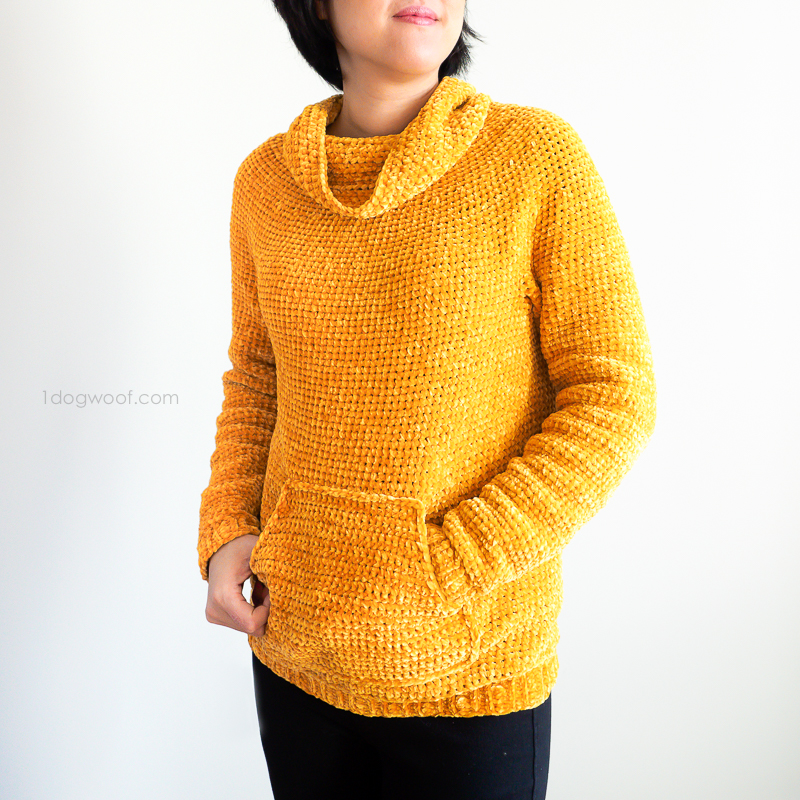
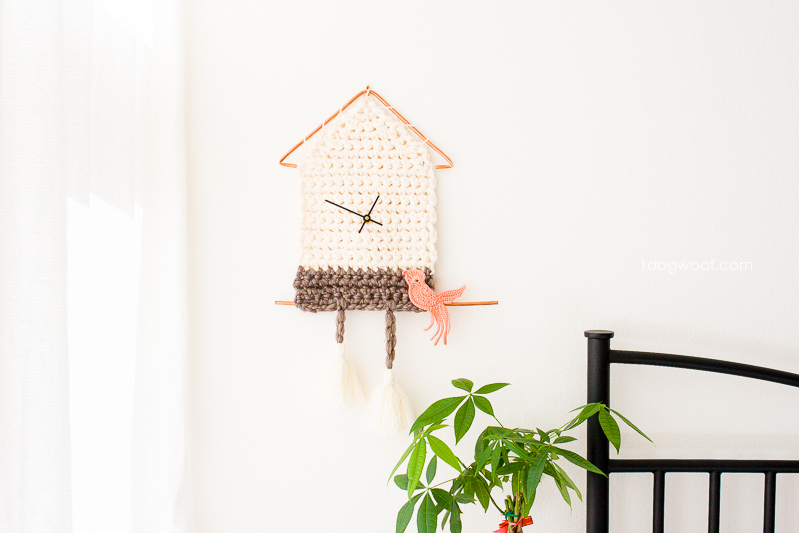
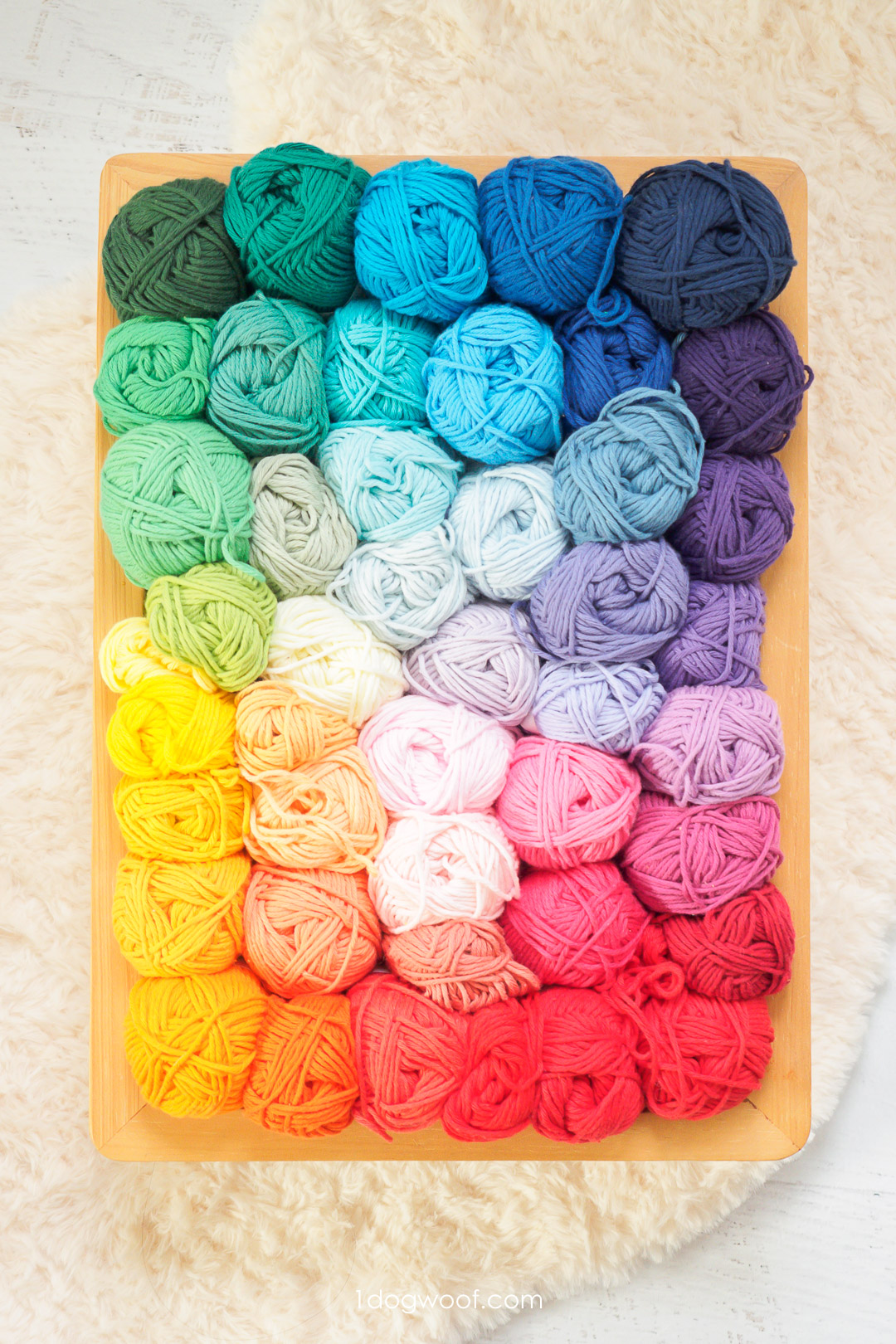
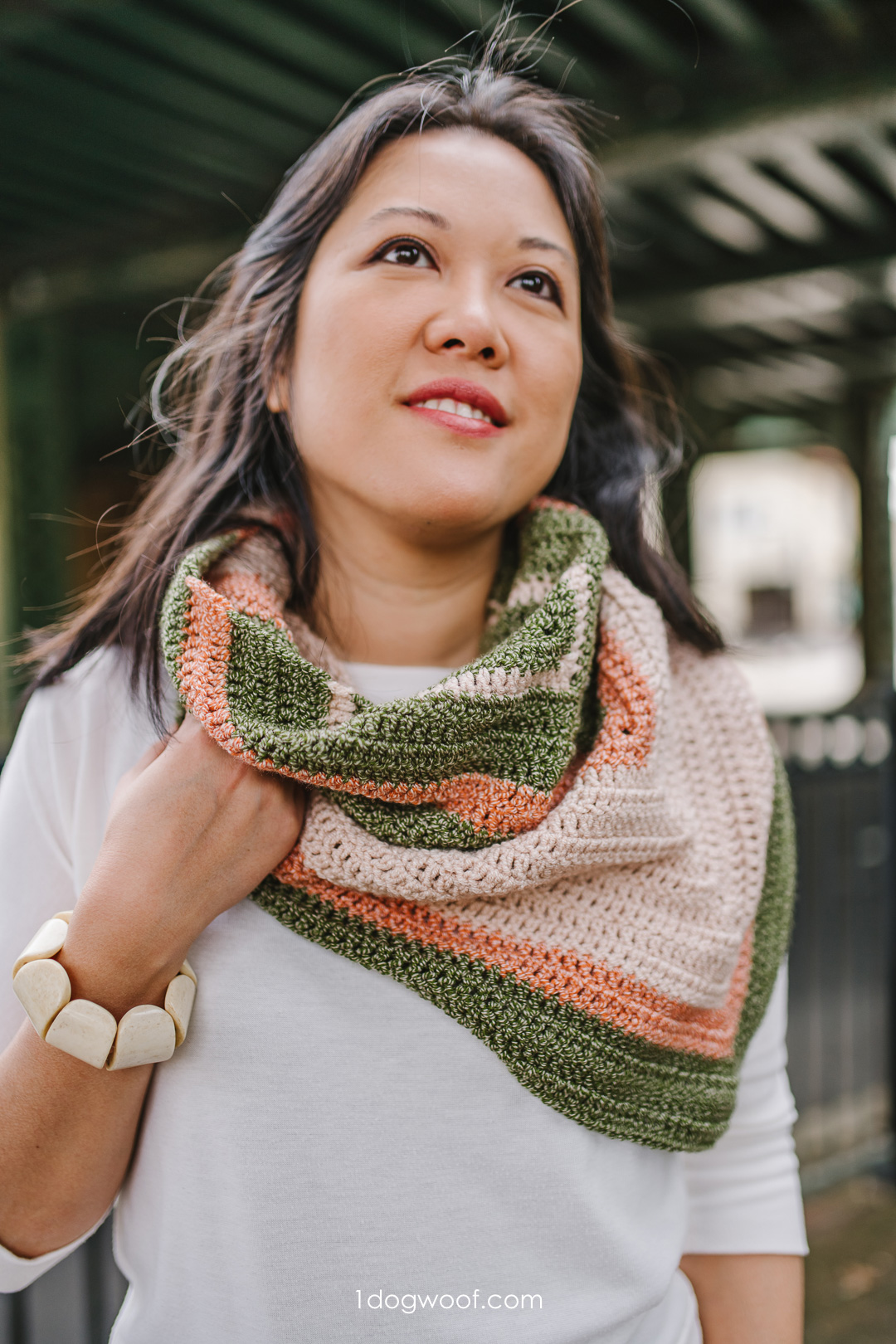

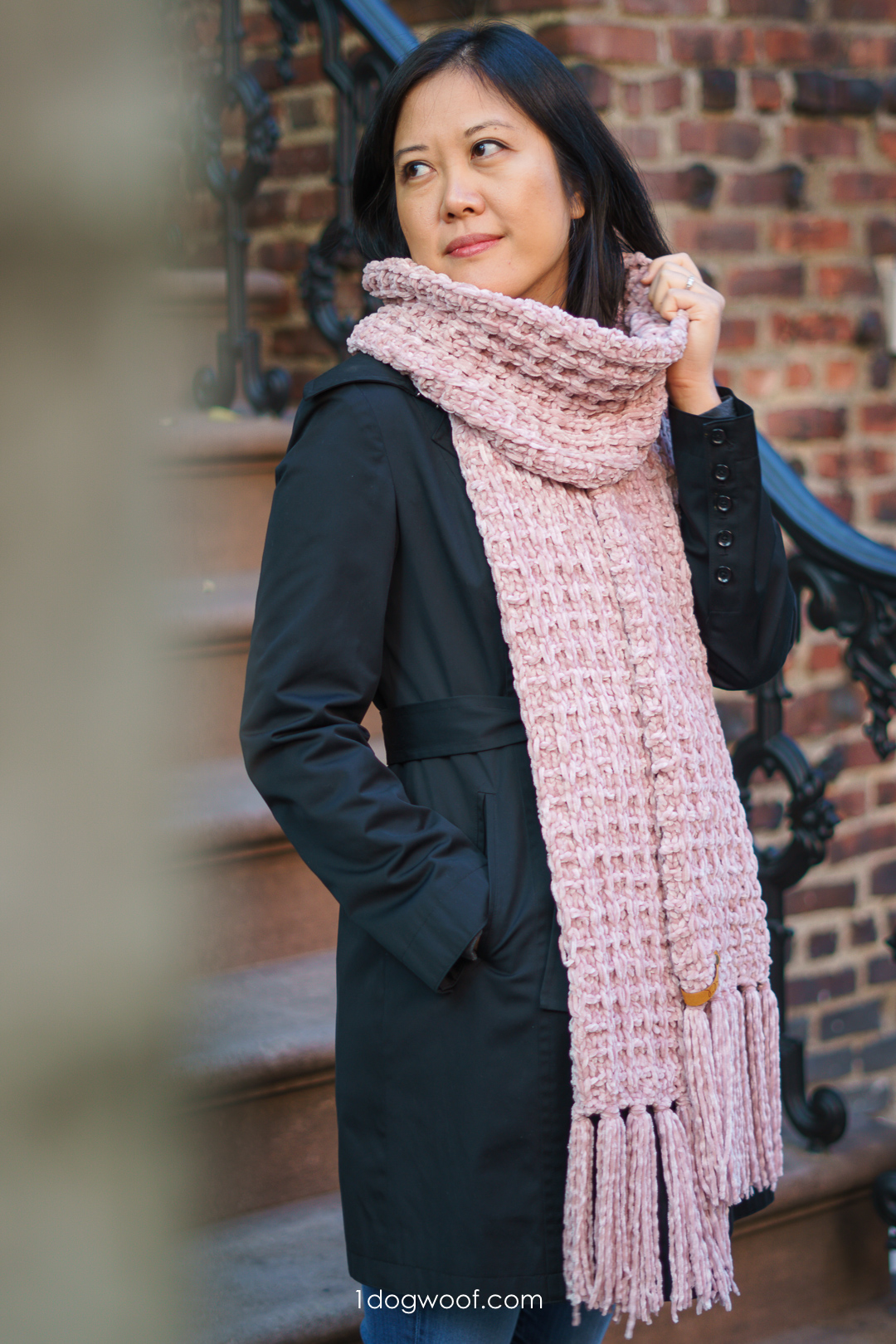

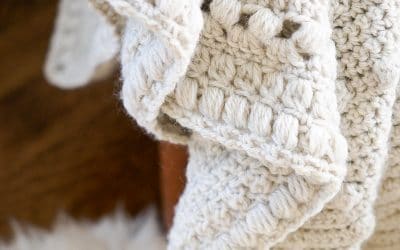
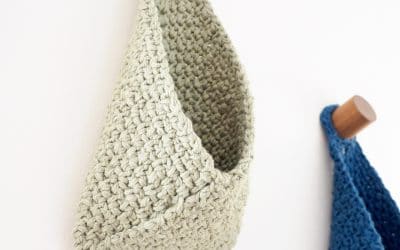
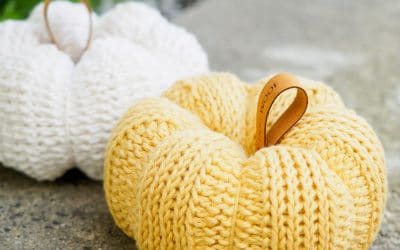
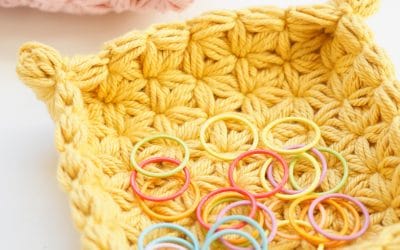
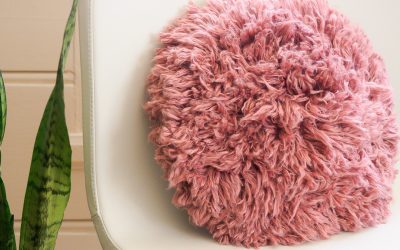
Interesting. I had no idea designers didn’t make all their own items.
Thank you for posting this! It’s the first time I see clear definitions of what pattern testing means. Most times you only see an application form with a long list of threats :/
I’m not sure what you mean. I make all my own designs. Pattern testers make a design to check for typos and other errors, but I always make the first prototype.
I’d love to test patterns, but the cost of yarn may be prohibitive.
Wonderfully informative article. Just one question, though. You listed yarn as one of the things designers should provide. Then, under Testers do this as noted. I was selected in a pool of testers. Looking at the requirements on the form, there is no reference to who supplies the yarn. Is this something that comes after one is actually chosen to test?
Ahh, maybe there’s a misunderstanding. The designer should provide the information about the yarn used in the sample so the tester can use the same one or an equivalent. Unless otherwise noted, the tester supplies the yarn. Hope that helps!
I test for several designers, I also have taken classes on pattern written, because many of the patterns I have received are not written in standards. Should this be pointed out to the designer? Also some designers are rude and even though you are given a deadline they start posting notifications on their facebook site calling out testers several days prior to the due date being extremely critical of them for not finishing their testing. How would you recommend that this be handled in a not critical manor.
If you need new testers, you can count me in!
In addition to being an avid needleworker, I am a basket maker/ teacher/designer. I have written many of my original design patterns and have tested other designers patterns for them. It can be an arduous task on both ends. Also a learning experience for all involved. These are great points.
Thanks Lies! You can apply to be a tester here: https://www.1dogwoof.com/pattern-testers/